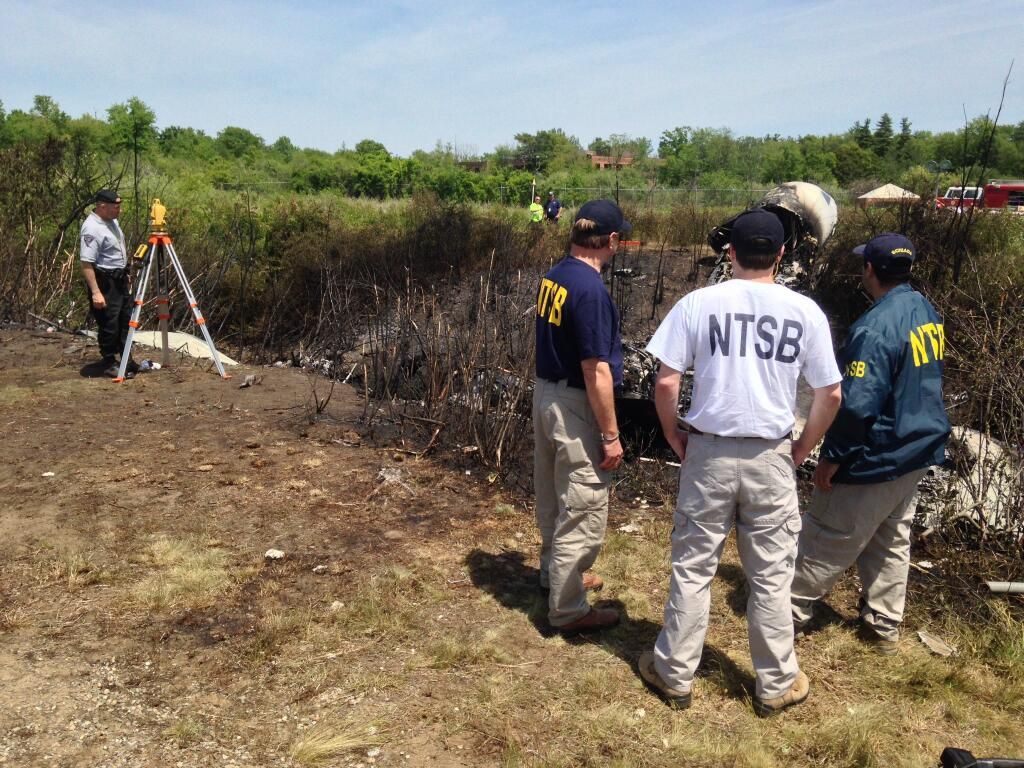
The NTSB says that data recovered from the flight data recorder (FDR) a Gulfstream IV jet that was involved in a fatal crash at Hanscom Field in Bedford, Mass., Saturday indicates the crew aborted the takeoff after reaching about 165 knots. The thrust reversers were apparently deployed and brake pressures were rising, according to NTSB lead investigator Luke Schiadas statements in a news conference at the scene Tuesday. The Boston Globe is reporting that the scenario described suggests an aborted takeoff, although Schiada declined to say outright that the crew was trying to stop the airplane. He said he was not going to speculate why the crew was taking the actions it was.
According to Schiada, the airplane reached a maximum speed of 165 knots but did not leave the ground. The cockpit voice recorder (CVR) captured various callouts on the flight deck including rotate. After the rotate callout, the CVR captured comments concerning aircraft control, Schiada said. The FDR recording ends about seven seconds after the thrust reversers were deployed. At that point the aircraft had slowed to about 100 knots. The aircraft left the end of the 7011-foot-long runway, traveled another 1000 feet over the paved overrun and then went another 819 feet on the grass and through the airport fence, before impacting a gully, where it stopped and burned. Schiada stressed that the analysis of the data from the recorders was preliminary and we still have a great deal of work to do.


































